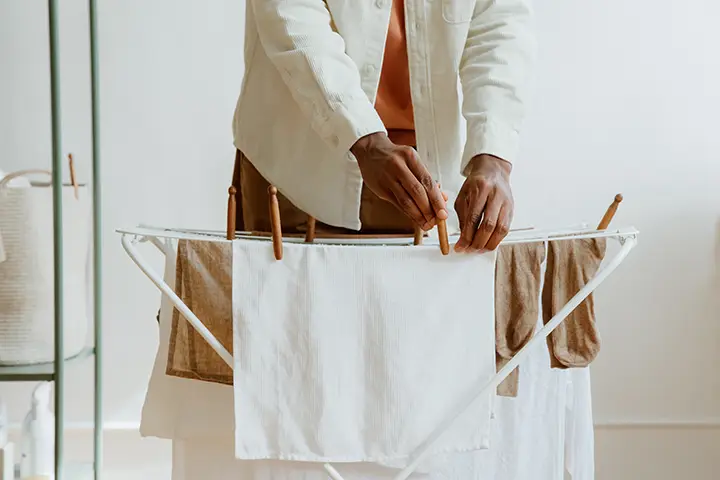Hair dryers are a common part of many people’s morning routine. But while they can be a great way to get ready quickly, it’s important to recognize the risks that come along with using them. Here are some risks associated with hair dryers you should be aware of:
-
Burns: When used improperly, hair dryers can cause burns on the scalp and other parts of the body. This is especially true if the blow-dryer is set at too high of a temperature or if it’s held too close to the skin for too long. To avoid this, always use your blow-dryer on its lowest setting and keep it at least six inches away from your skin.
-
Hair Damage: Hair dryers can also cause damage to your hair due to excessive heat exposure. This includes split ends, frizziness, and breakage. To protect your hair from damage, use a heat protectant spray before drying and try not to go over any particular spot more than once or twice while using the blow-dryer. Additionally, you should use a diffuser attachment when possible as this helps distribute heat more evenly and minimizes direct contact with hot air on certain sections of hair fibers.
-
Electric Shock: Using an old or faulty hairdryer could lead to electric shocks which can be dangerous in extreme cases even leading up to electrocution in some cases due lack of insulation in older model devices . Always inspect your hairdryer before using it and make sure there aren’t any visible signs of wear or tear such as frayed cords or loose connections . You should also unplug the device when not in use , especially when cleaning around it .
-
Noise Pollution : Blow drying your hair every morning may not seem like much but over time , all that noise adds up ! Even though its generally considered safe for short periods , long term noise pollution has been linked to hearing loss so make sure you keep sessions short and opt for lower settings whenever possible .
Overall, while blow-drying may seem like an easy way out when getting ready each day – safety should always come first! Take precautions such as using low settings , avoiding direct contact with hot air streams , using protective sprays etc., so that you don’t have any unforeseen issues down the line!
